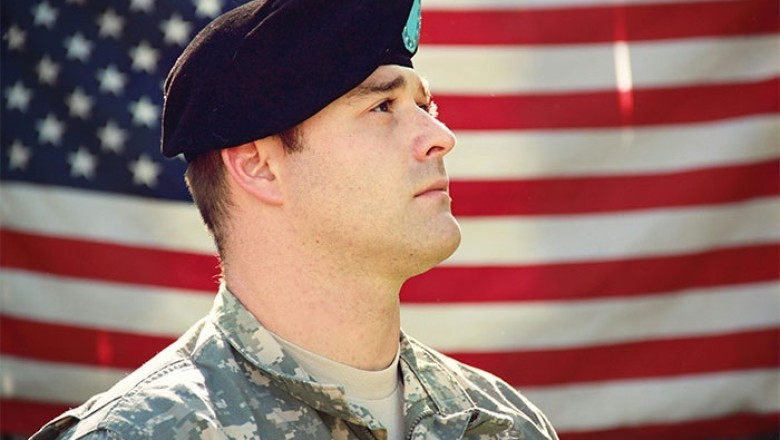
views
Disbelief in a New Land
When I first moved here from Canada, I thought the army recruitment commercials on TV were jokes or a form of satire. The dramatic music, heroic narration, and slow-motion montages of soldiers leaping from helicopters felt like scenes from a blockbuster movie—only they played between cereal ads and weather reports. I was blown away by how much military propaganda there is in the States. It wasn’t just the commercials. Billboards, posters at bus stops, social media ads… they were everywhere, painting war as the ultimate act of purpose and glory.
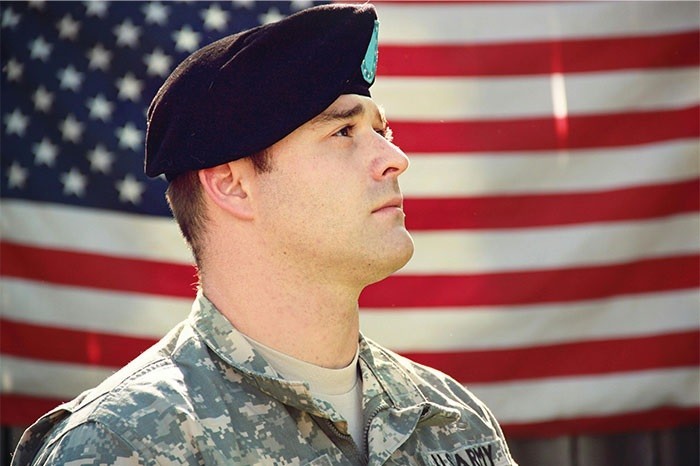
And that’s when I met him.
The man in the uniform—black beret tilted sharply, camo pressed crisp. Standing in front of the American flag, he looked like every image I’d seen, only real. Not a stock photo or a faceless figure from a screen. He had a presence, like the flag wasn’t just backdrop—it was echoing everything he’d given up and everything he still fought for.
He wasn’t what I expected. He didn’t speak in soundbites. He talked about long nights in desert outposts, about missing his younger sister’s graduation, about rethinking everything each time someone he trained didn’t come back.
The City Across the Water
I remember that day vividly.
We’d stepped out onto the waterfront promenade in New Jersey, the skyline of Manhattan rising like a concrete dream across the river. He stood beside me, silent. For someone who’d marched through deserts and flown over war zones, the sight of a peaceful city somehow unsettled him more than memories of combat.
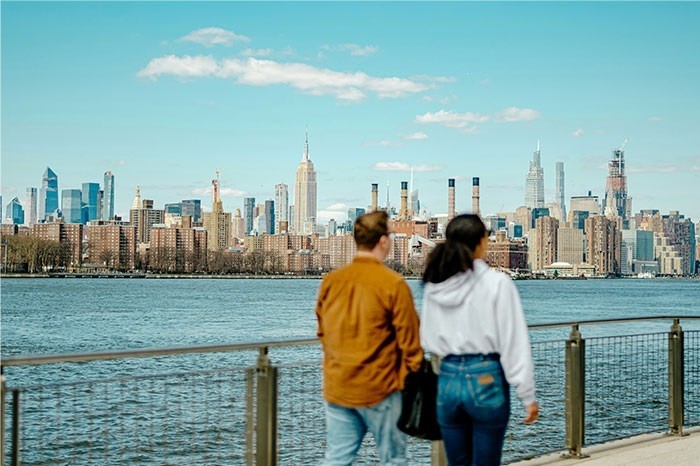
“It’s strange,” he said, eyes scanning the skyscrapers. “You fight to protect a place you don’t live in.”
There was a moment of stillness between us. Tourists bustled nearby, snapping pictures of the Empire State Building gleaming in the sunlight. But we weren’t looking at the architecture. We were thinking of all the stories locked inside those windows—the people who would never know his name but owed him something intangible.
Lessons in the Driver’s Seat
“Keep your eyes on the road—but never forget what’s behind you.” That was one of his mantras.
The day I joined him for a ride-along, it felt less like a driving lesson and more like a glimpse into his world outside the uniform. He was seated beside a young recruit, clipboard in hand, guiding her through the basics. She was nervous—hands clutching the wheel, glancing at him every few seconds—but his calm was unshakable. Years of being responsible for people in high-stakes situations had made him patient, observant, and quietly protective.

“I teach them to drive because it’s not just about passing a test. It’s about learning to navigate life—pressure, precision, and trust.”
Outside the window, life passed in blurs—children heading to school, commuters rushing by. But inside the car, time felt suspended. She was no longer just a student, and he wasn’t just an instructor. He was a guide. A reminder that even in civilian clothes, he was still serving.
“You’d be surprised how many future soldiers I’ve met on this seat,” he chuckled. “Most of them don’t know it yet.”
The Parade They Never Talk About
They called it a parade, but it felt more like a ceremony of silence. The soldiers marched in perfect formation, boots striking the pavement like clockwork, eyes forward, faces composed. The maroon berets weren’t just part of the uniform—they were symbols. Markers of experience, of loss, of stories that couldn’t be told casually.
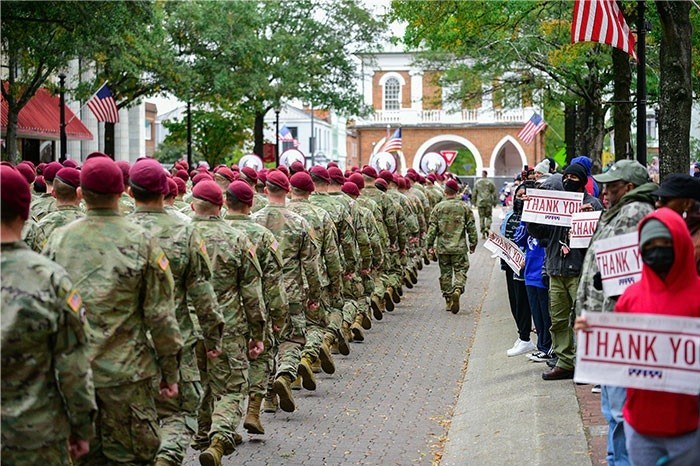
He was among them, of course. Not leading, not trailing. Just in step. And though hundreds clapped from the sidelines, holding signs that read “THANK YOU,” he didn’t glance over. Gratitude, he told me once, is complicated. Sometimes it reminds you of what you gave up. Sometimes it feels like a distant echo of something that never quite reached you.
There was one kid on the curb, maybe six or seven, holding a small flag and waving it like it might fly away. His eyes followed the soldiers—not in awe, but in curiosity. He didn’t see warriors. He saw people who might’ve been his neighbors, teachers, uncles.
“We walk so they remember we’re real,” he said afterward, loosening his collar. “Not invincible. Just present.”
The crowd eventually dispersed. The soldiers didn’t cheer. They didn’t pose for selfies. They just walked, steady and invisible in their dignity.
Where He Found His Voice
Before the medals, before the silent parades, before the long drives that doubled as mentorship sessions—he was just another face in the crowd. A denim jacket, boots worn from years of use, and a curious mind that hadn’t yet decided what kind of legacy it wanted to leave. This was one of his first steps into civilian life. Not retirement—reinvention.
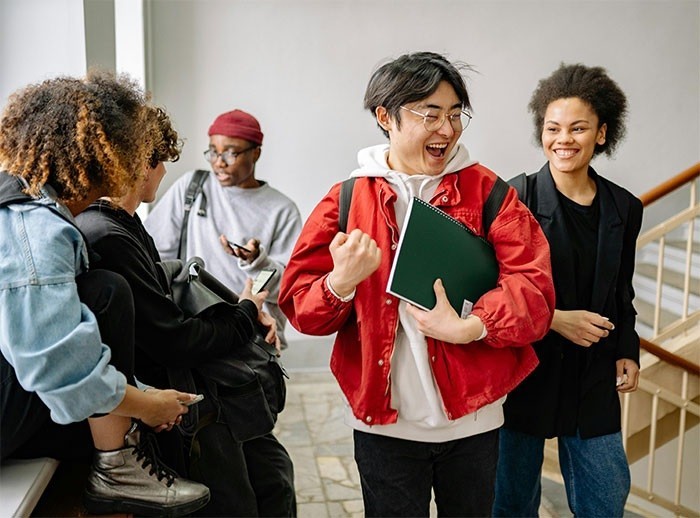
The campus hallway felt like neutral territory. No ranks, no salutes. Just ideas bouncing between notebooks and phones. He didn't speak much at first. Observing came naturally—especially in spaces where people talked more than they listened. But here, with students planning futures, scribbling dreams into margins and apps, he found something he hadn’t expected: possibility.
“I didn’t come here to lecture,” he told one group, “I came to learn how you all stay brave without bullets.”
He eventually started mentoring quietly—never announcing it. Just showing up, asking questions, handing out advice when it was earned. For some, he became more than a teacher. He became a mirror. A reminder that courage isn’t only forged in combat—it can also be chosen, every morning, when stepping into the unknown.
Broadcasts and Battlefields
He wasn’t used to lights—at least, not the studio kind. The artificial glow bouncing off camera lenses was a far cry from night-vision goggles or the soft flicker of desert campfires. And yet, here he was. Seated between two anchors, backdrop aglow with city lights, “BREAKING NEWS” flashing behind him like a siren call. But this time, he wasn’t part of the story—he was shaping it.
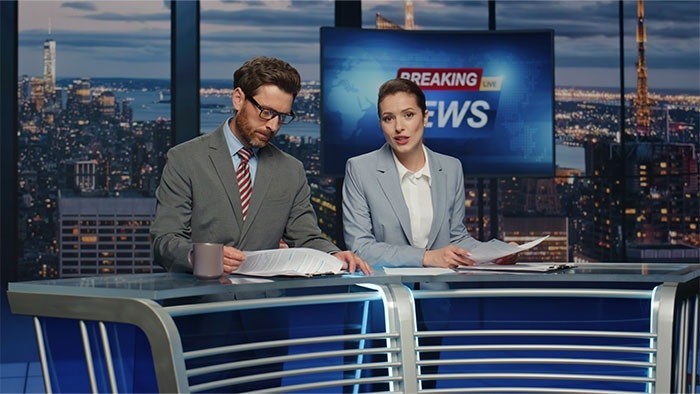
The interview wasn’t planned. A last-minute cancellation meant producers scrambled, and someone remembered his name. “Get the vet,” they said. “He’s articulate. Real.”
He spoke quietly, avoiding buzzwords. No glorification. No dramatics. Just truths—raw, unfiltered. About reentry into civilian life. About how propaganda and reality often clash like thunder. About a generation of soldiers who've known more about silence than celebration.
“I served,” he said, looking directly into the camera, “but I don’t want your sympathy. I want your awareness.”
The anchors looked moved. Not because he cried—he didn’t—but because his words held gravity. They landed like stories you'd carry home, not just switch off with the remote.
And when the segment ended, he didn’t wait for applause. He folded his notes, adjusted his collar, and left quietly. Back to the shadows. Back to serving, in ways most would never see.
Stars, Stripes, and Second Chances
They didn’t plan the selfie. Just saw the light hitting the water right and thought—why not? He stood beside a close friend, one arm outstretched to snap the moment, the other gripping the American flag with gentle reverence. Not the stiff kind you see folded at ceremonies, but the relaxed kind—wrinkled and wind-kissed. It felt less like symbolism and more like sentiment.
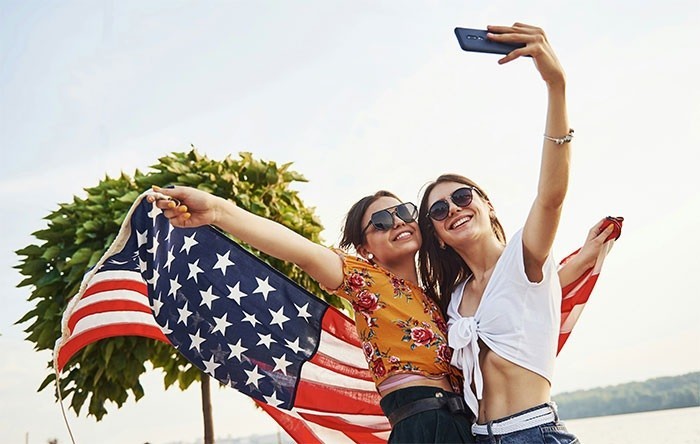
“People assume patriotism is loud,” he once said. “But it can be quiet, messy—even conflicted.”
This wasn’t about fireworks or speeches. It was about belonging. A small pause by the lake, where he could laugh freely and remind himself that life wasn’t all survival and sacrifice. In that photo, he was part veteran, part dreamer. Someone finding joy in ordinary moments that don’t make it into documentaries.
His friend—radiant and carefree—had helped him rediscover something he’d shelved long ago: ease. The kind you don’t earn through medals, but through time, healing, and shared space with people who see you beyond your past.
“In this country,” he said, “I’ve been a soldier, a speaker, a stranger. But sometimes, just being a friend feels like the most radical role of all.”
The Anatomy of Trust
It was never just about medicine.
Inside the hospital corridor, flanked by sunlight and green plants, he stood beside someone in a crisp white lab coat. Not a fellow soldier this time—but a medical professional. A different kind of frontliner. They reviewed notes on a blue clipboard, discussing protocols and logistics, but beneath their words lingered something deeper: respect.

He'd come here not as a patient, but as a partner. Collaborating on a program designed to support veterans through their transition—physically and mentally. The hospital wasn’t just a place of recovery; it was a space where purpose evolved.
“In the field, you learn to trust people with your life. In here, you learn to trust them with your healing.”
He never glamorized war, but he did honor resilience. And watching him engage with nurses, doctors, and therapists—each exchange was a quiet tribute to the unspoken battles survivors face long after returning home.
There was no camera crew, no speeches, no salutes. Just two people with shared intent: to make recovery less lonely, more human.
The Gentle Weight of Being Known
He always said the toughest battles were the invisible ones—the ones you don't train for. And on this afternoon, seated in a sunlit room brimming with potted plants and quiet warmth, that truth unfolded.
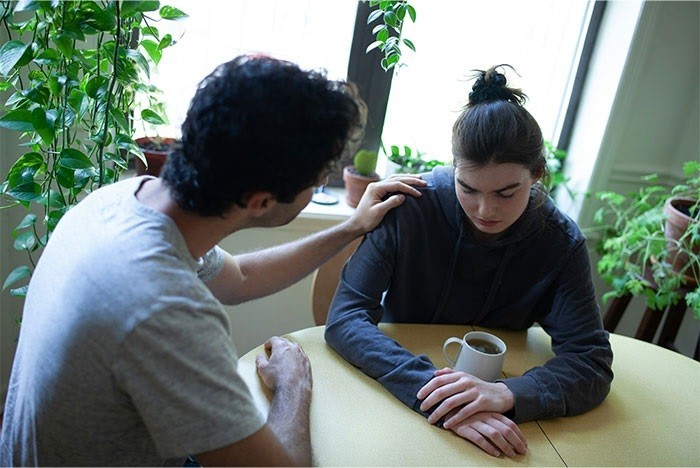
Across the table, a friend reached out, hand resting gently on his shoulder. No grand gesture. No speech. Just a moment of presence. His hoodie and coffee cup suggested routine, comfort. But his posture—slightly leaned in, eyes low—spoke of something deeper: vulnerability.
“Sometimes,” he told me once, “you don’t need someone to fix you. You just need someone to sit beside the pieces.”
The plants in the room weren’t just decor—they were metaphors. Growth after war. Green after gray. They made the space feel alive, like healing wasn’t a goal but a daily practice.
This wasn’t a chapter of action. It was one of connection. A gentle reminder that strength isn’t always loud—and that sometimes, the greatest show of courage is letting someone truly see you.
Echoes in the Crowd
It was the kind of gathering where energy swirled like wildfire—faces lit with fervor, voices rising above the cold, each hat a symbol, each jacket a statement. And there he was, standing not in the center but woven quietly into the crowd. The red cap near him read “KEEP AMERICA GREAT,” bold and unmistakable. Around him, flags waved like thunder and camera phones captured moments meant to last longer than memory.
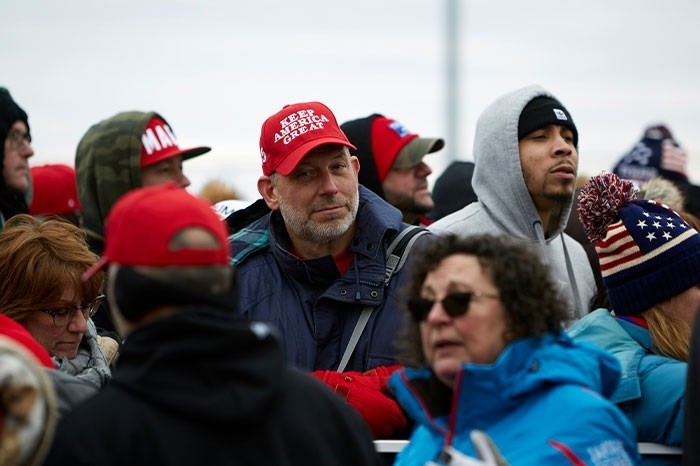
But he wasn't here to chant slogans.
“I came to listen,” he’d told me beforehand. “To remember how loud belief can be—and how often it drowns out understanding.”
He walked through the crowd like a ghost of two worlds. Veteran and civilian. Defender and observer. Amidst those rallying for identity, he was searching for truth. Not the truth that fits on bumper stickers, but the kind that lives between conversations, in the stories people carry without ever sharing them.
Some recognized him—a nod, a subtle salute. Others didn’t. That was fine. He wasn’t chasing legacy. He was witnessing America from the inside out.
Stone Faces and Soft Questions
He stood there, quietly, eyes tracing the chiseled expressions of Washington, Jefferson, Roosevelt, and Lincoln. Mount Rushmore was monumental—sure. But what moved him wasn’t the size. It was the silence. The sheer gravity of four men's visions carved into a mountainside while the nation they dreamed of continued to wrestle with itself below.
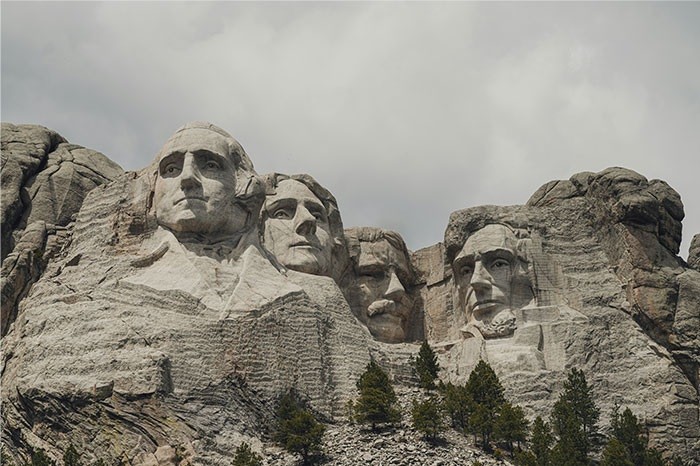
“People think legacy is what gets carved in stone,” he said. “But I think it’s what lives in people’s choices.”
He didn’t take selfies. Didn’t linger long. Just stared for a moment longer than most, as if asking the granite a question only time could answer. Because for him, service wasn’t about ideals frozen in history—it was about action in motion. The kind no monument can fully represent.
Around him, families laughed, tourists posed, flags waved. But he remained grounded, respectful, reflective. No need to perform patriotism here. Just bear witness.
Between Screens and Dreams
Times Square pulsed with a rhythm all its own—glowing advertisements towering over the street, pedestrians weaving through the sensory overload like dancers in a chaotic ballet. He paused, right in the middle of it all, not to be dazzled but to reflect.
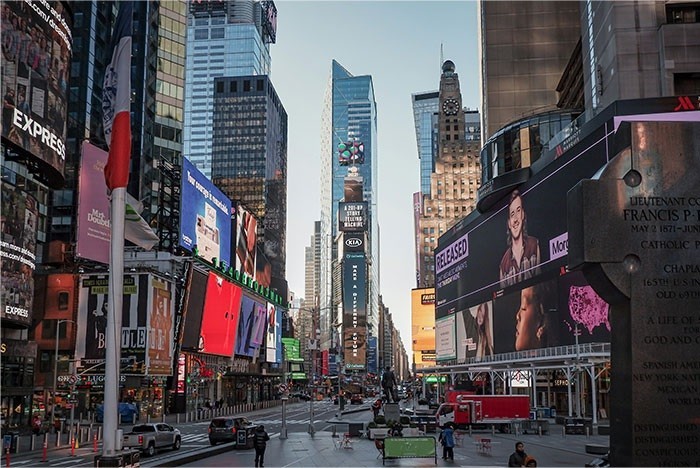
The digital billboards flashed slogans of ambition: fast cars, flawless fashion, streaming service promises. But he had seen ambition of a different kind. The kind born in sandstorms and firelight. The kind that didn't sparkle—it endured.
“This place sells dreams,” he said, watching tourists snap selfies. “But some of us come carrying nightmares.”
Despite the noise and movement, something about him felt still. Centered. He didn’t scoff at the spectacle—it was part of the world he’d helped defend—but he saw through it. He understood how easily purpose could be repackaged as product. Yet, he stayed. Maybe to remind himself that visibility doesn’t always equal value.
In the Quiet Places
He told me once, “The louder the world gets, the more I crave silence.” And this place—the dirt path wrapped in dense green—was his sanctuary.
No ceremony, no spotlight. Just trees whispering above, earth soft beneath his boots, and a stillness that didn’t ask questions. He stood with arms crossed, a subtle stance of reflection rather than defense. The white shirt and black cardigan weren’t uniform—they were softness. Signs of someone shedding armor, if only for a moment.
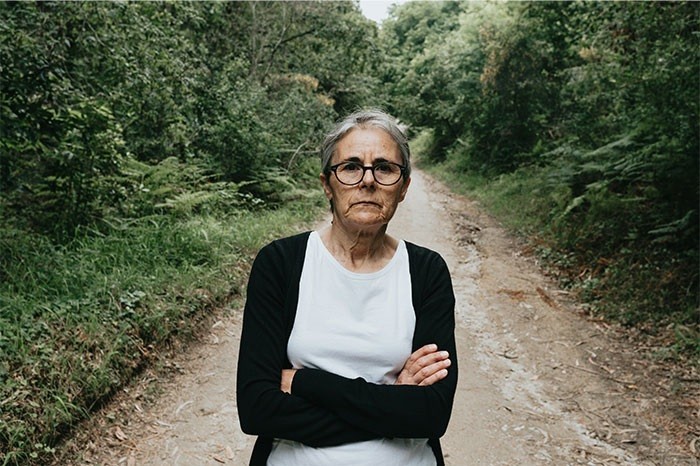
This forest walk wasn’t just an escape. It was a conversation with himself. A place to remember those who didn’t come back, and recalibrate what it meant to move forward. Not as a soldier or a public voice—but as a man trying to exist outside narrative.
“Nature doesn't care who you were,” he said once, looking at a leaf. “But it does offer space to decide who you’ll be.”
There were no selfies taken here. No hashtags. Just quiet. And in that quiet, he found something steadier than glory—peace.
A Taste of Joy
This was different. No uniforms. No speeches. Just rows of mini donuts—each one a tiny canvas of chaos and delight. Sprinkles, M&Ms, Oreos, coconut flakes, even gummy bears. It looked like a child’s dream exploded onto dessert trays—and he was here for it.

He leaned in, chuckling as someone dared him to pick the weirdest flavor combo. “That one,” he pointed—gummy bears and chocolate drizzle. It was ridiculous. But he bit in like it was sacred. And for a moment, the weight he carried felt lighter.
“You know,” he said, chewing slowly, “sometimes sweetness is the only protest we get.”
This wasn’t about indulgence. It was about reclaiming joy. About letting his guard down and choosing something silly, colorful, and unapologetically happy in a world that often demanded solemnity from him.
He laughed louder that day. Not because everything was healed, but because he allowed himself to taste hope. A donut topped with candy became a symbol of survival—the kind that's not tactical, but tender.
What Do You Want from Me?
It was one of those days where the noise of the city clashed with the noise inside him. Standing on the sidewalk, denim jacket draped over a plain white tee, he raised both hands with palms out—not in surrender, but in something closer to bewilderment.
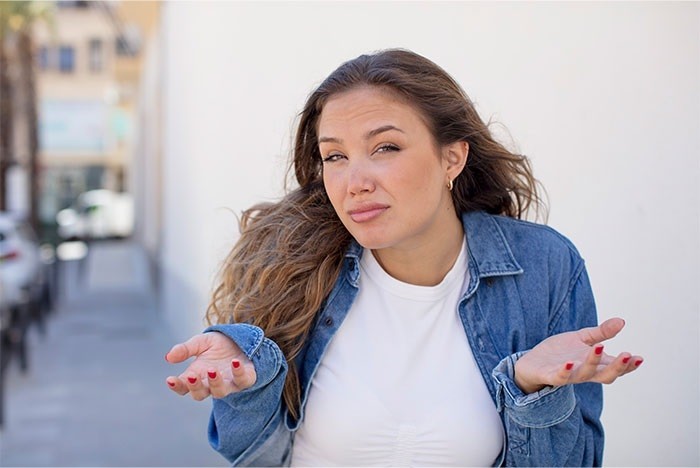
“What do you want from me?” he whispered, not accusingly… just honestly.
Around him, buildings blurred into anonymity. People rushed by with lives intact, unaware of the weight stitched into his gestures. It wasn’t anger. It was the kind of emotional exhale you make when the world asks you to be everything—brave, composed, grateful, humble—and doesn’t stop to ask what you might need.
In his expression was a blend of weariness and resilience. As if he'd answered that question too many times before, and yet here he was, asking it again. For clarity. For connection. For something real in the midst of performance.
“I’ve given my silence, my service, my story. But I need space to just be. Without proving.”
And in that moment, denim and concrete and questions collided—and a chapter was born. Not about action. Not about honor. But about presence. About someone standing still long enough for the world to finally see him.
More Than Just a Meal
They say breaking bread is the oldest form of diplomacy. And here, in the light-filled restaurant with greenery just beyond the window panes, that sentiment came alive.
He sat at the table with someone close—leaning in with casual ease, the kind you only show when trust has been earned. A credit card lifted halfway to the server signaled the end of the meal, but really, it was the beginning of something deeper. They didn’t just share food; they shared weight. The kind invisible to most but worn on the soul.

There was laughter—short, genuine. And the plates told a story too: salad left mostly untouched, meat scraped clean, dips traded like secrets. Ordinary moments, maybe, but underlined with extraordinary presence.
“Paying for a meal is easy,” he once said. “Showing someone they matter—that’s the real cost.”
He didn’t always pick up the tab. But today, he did. Not for show. For significance. Because every now and then, you build connection not with words, but with gestures.
The Gatekeepers
Airports meant movement, freedom, escape. But this moment—this checkpoint—was about something else: control, protection, trust in tension. He stood nearby, watching security officers lean over an open suitcase, hands gloved, eyes sharp. The canine unit sniffed with expert precision, tail alert, nose decisive. A small crowd waited behind, murmuring in restless anticipation. But he didn’t rush. He understood checks like these.
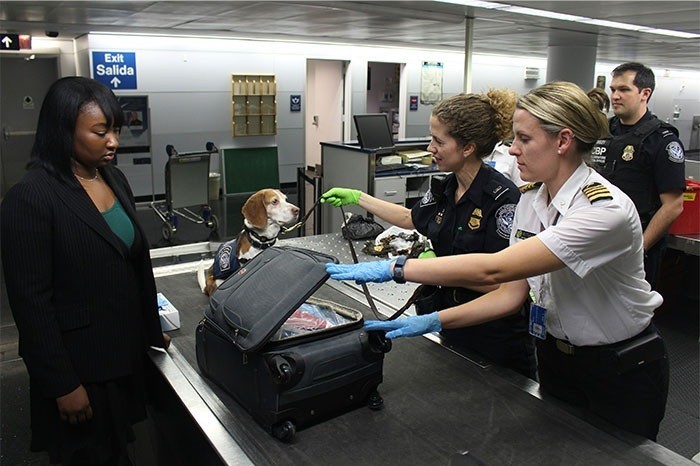
“Security isn’t about suspicion,” he once said. “It’s about reminding people what’s worth safeguarding.”
He’d passed through dozens of terminals in his life, from tactical bases to civilian gates. But each time, something lingered—the knowledge that what you carry matters. Not just luggage, but memory, identity, silence.
This moment wasn’t dramatic. No alarm. No incident. But for him, it held a symbolic power. The officers, the dog, the controlled ritual of safeguarding—he saw it as a mirror of his own journey. Constantly checked, constantly guarded. Constantly proving he belonged on the flight toward normalcy.
Bite-Sized Belonging
The restaurant was buzzing—cutlery tapping porcelain, soft laughter rising in waves, the scent of fries mingling with whatever nostalgia tastes like. He sat among friends, not as a veteran, not as a mentor—just a man savoring a burger the size of small ambition.
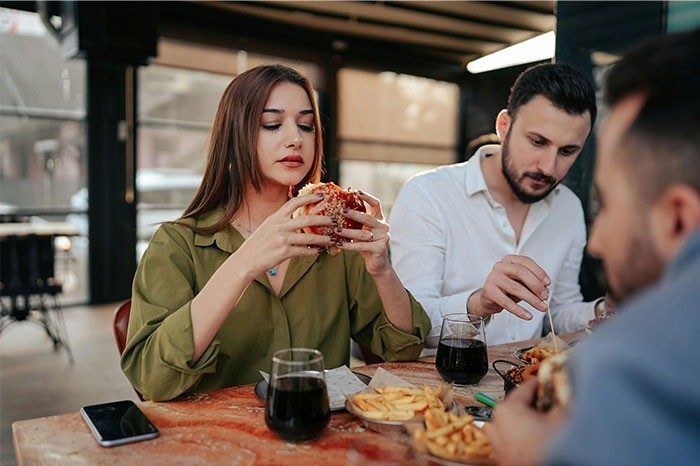
Hands gripped the bun like it was sacred, the way someone might hold onto a moment they don’t want slipping away. Fries scattered across the table like conversations mid-thought, and the drink—dark and fizzy—reflected the light from nearby windows.
“Food’s the only medal I never had to earn,” he joked, wiping sauce from his fingers. “It lets you be messy. Human.”
The smartphone on the table buzzed silently, its screen a portal to a thousand demands. But no one picked it up. Not yet. Because here, they were choosing real time over screen time. Connection over curation. And that burger—awkward, oversized, unapologetic—became the centerpiece of comfort. A symbol that even amidst complexity, joy could still be simple.
The Ritual of Escape
He’d always found solace in the mundane—the kind of comfort tucked into everyday rituals. And tonight was no exception. Feet up on the coffee table, remote in hand, eyes fixed on the television glowing with an emerald field of movement, he looked… settled.

It wasn’t about the game playing on-screen. Not really. It was about rhythm. The steady hum of the commentator, the flicker of goalposts under stadium lights, the crackle of snacks nearby—all of it formed a cocoon. One where he didn’t have to reflect or explain. Just exist.
“War teaches you to expect chaos,” he told me once. “TV teaches you that not all stories need pain.”
The framed photo beside the couch, the potted plant reaching quietly for the sun, the clutter of everyday electronics—it all whispered something simple: here is a man reclaiming normalcy. Not through headlines or heroics, but through rest. Through watching someone else run, tackle, leap—for once, not him.
This was his version of healing. Passive. Undemanding. Beautiful in its lack of consequence.
The Race Within
His shoes hit the path with measured rhythm—not the speed of someone chasing victory, but the pace of someone seeking peace. The sunset painted the trail in amber and gold, trees casting gentle shadows that danced alongside him as he ran. There were no crowds cheering, no finish lines in sight. Just the steady inhale, exhale, and the unfolding horizon ahead.
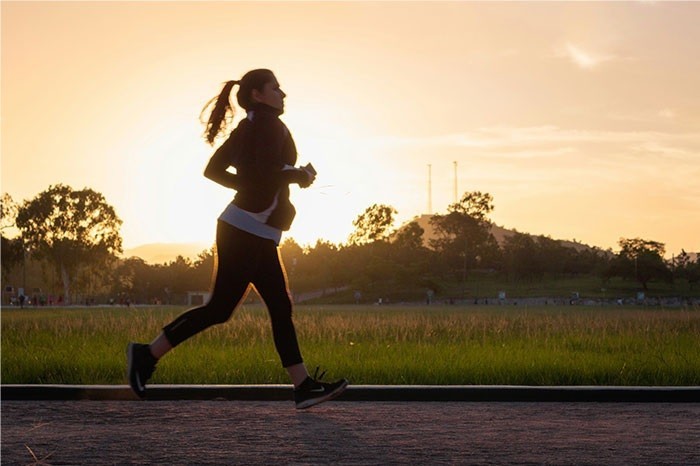
Dressed in quiet tones—black leggings, long-sleeve top—he looked almost camouflaged against the dusk. And that made sense. This run wasn't about being seen. It was about shedding everything else.
“I don’t run to get somewhere,” he once told me. “I run to leave something behind.”
Grief. Doubt. Identity wrapped around old dog tags. Every step became a small act of rebellion. Not against duty, but against the belief that his story could only be one thing.
The hills in the distance didn’t intimidate him. They reminded him that life isn’t flat—it rises and falls, and sometimes, it demands your breath before offering clarity.
In the stillness of that jog, between the trees and the fading light, he wasn’t a veteran, a speaker, or a teacher. He was just a man in motion.
Drive-Thru Reflections
There was something almost poetic about the way he balanced the tray—burger, fries, nuggets, a neat dip container—all nestled perfectly atop his lap in the driver's seat. The checkered red-and-black shirt, rolled sleeves, and steady grip spoke to a man who had mastered the art of finding peace in motion.
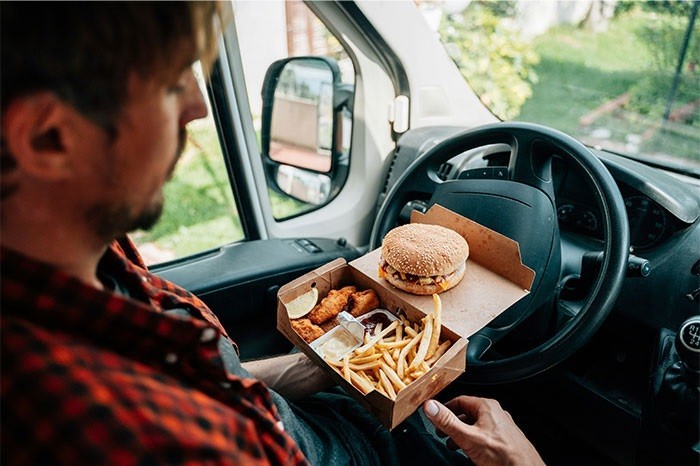
No speeches. No ceremony. Just comfort food, a quiet car, and a moment to be no one but himself.
“I used to eat in silence between deployments,” he once said. “Now I eat in silence because it’s mine.”
He didn’t rush the meal. He savored it. Each bite tasted like freedom earned, not just given. Outside, the world kept spinning—engines revving, horns blaring, fast lives unfolding—but inside that vehicle, time slowed. A mobile sanctuary, where hot fries and warm memories met halfway.
Maybe that’s what healing looks like sometimes: nuggets in a tray, reflections in the windshield, and one man choosing calm over chaos.
Conversations Across Borders
The building loomed behind him—stone façade, columns proud, flags of two nations fluttering like stitched diplomacy in motion: the United States and the United Kingdom. He stood in front of it, dressed not to blend in but to stand firm. Black outfit. Pearl necklace. Brown shoulder bag. A phone pressed to his ear, voice carried through unseen wires. This wasn’t small talk. This was something weightier.
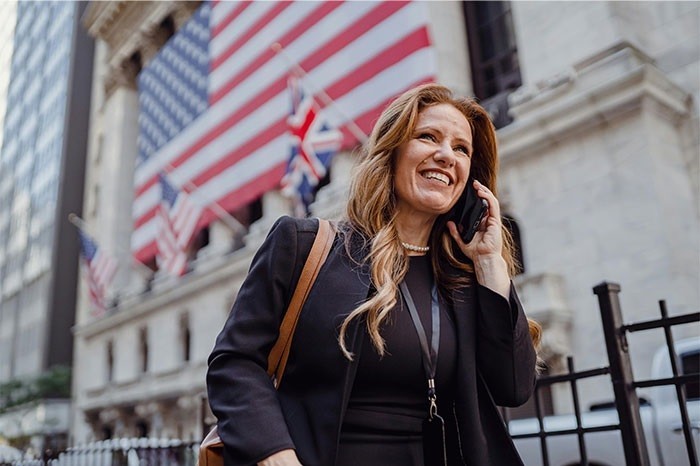
“Some calls remind you who you were. Others ask who you’re becoming.”
He wasn’t posing, wasn’t posturing. He was present—having a conversation that echoed across contexts. Maybe with family. Maybe an old comrade. Maybe someone trying to make sense of the past he rarely narrates. The flags behind him framed not just geography but identity. Split between allegiances. Floating between expectations.
The building might’ve been official. A consulate, perhaps. But the real embassy was in his voice—speaking not on behalf of a government, but for a soul that’s lived enough lives to know borders don’t always matter.
The Weight We Carry
He bent down again, same posture, same careful grip on a cardboard box—but this time, something felt different. The air in the room was heavier, not with sadness, but with significance. Each item being packed was more than a possession—it was a decision. What to preserve, what to release, what stories deserved new beginnings.

The white cabinet behind him stood like a quiet witness, its glass doors reflecting fragments of a life once neatly arranged. A framed photo on the floor leaned into memory, as if asking to be seen one last time before being tucked away. And the plants—ever reaching—seemed to nod at resilience. Growth, even in transition.
“You don’t just move rooms,” he said once. “You move versions of yourself.”
He wasn’t rushing. Not this time. Because some boxes carry more than books and clothes—they carry chapters. And today, he was curating his past to protect his future.
Voices Under Pressure
The scene wasn’t rehearsed. She gripped the mic like it was a lifeline, red outfit sharp against the tension in the air. Behind her, the orange van blared BREAKING NEWS, its urgency bleeding into the street where yellow STOP tape cordoned off truth from speculation. A police officer lingered nearby, keeping order, keeping watch.
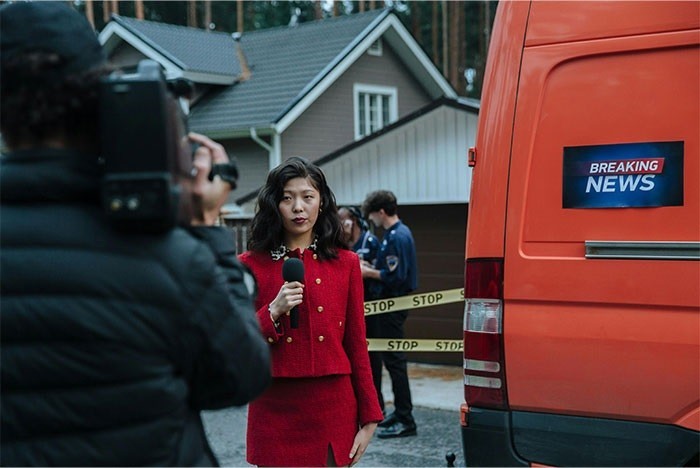
This wasn’t just journalism—it was frontline storytelling.
She was reporting from a residential street, but her presence made it a crucible. Not just for facts, but for emotion. Her voice had to cut through noise: community rumors, silent grief, questions no one wanted to ask on camera. And still, she stood steady. A witness, a vessel.
“The story isn’t always what happened,” she once said. “It’s what people felt while it did.”
Whether it was a crime, a protest, or something undefined—the scene crackled with significance. She wasn’t detached. She was invested. But never sensationalized. That was her strength. To stand between fear and truth and deliver something that might—just might—help people understand.
The houses behind her told quiet stories. But today, her mic carried the louder one.
The Quiet Kind of Movement
No sounds of engines revving. No itinerary scribbled on a clipboard. Just eight aging caravans lined up on a field that felt untouched—green, gentle, real. Wild plants curled around tires, and the open sky stretched above without urgency. It was less campsite, more time capsule.
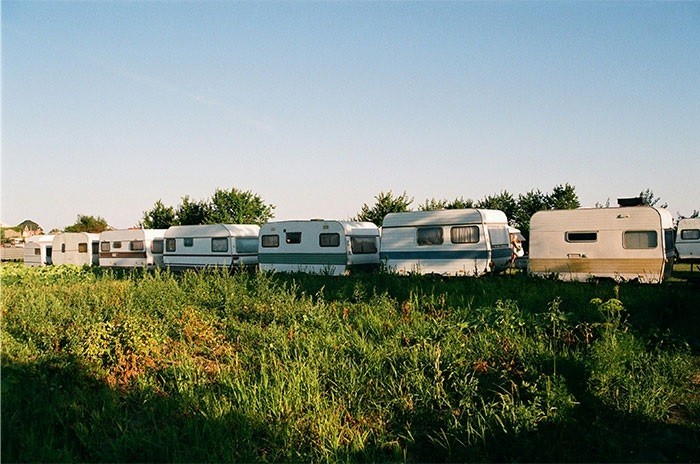
He walked past each trailer slowly, fingertips brushing aluminum like pages in a book. Some windows were cracked open, some sealed tight. Each van held a story. Migration. Retreat. Renewal.
“We’re not always meant to arrive,” he once said. “Sometimes we’re just meant to move.”
This wasn’t a photo of transit—it was a portrait of pause. A reminder that movement isn’t always about speed or destination. It’s about space. Freedom. The right to stop without explanation. And he, for once, wasn’t guiding a convoy or prepping gear. He was walking through possibilities, studying stillness.
Maybe this was where he’d rest next. Or maybe these caravans would remain untouched—a metaphor for the lives we park but never fully unpack.
Statues That Don’t Blink
He wandered the hall slowly, sweater patterned in colors that echoed his curiosity—playful yet thoughtful. Before him stood a lineup of silent witnesses: white marble figures, sculpted with precision, elevated like memory itself. They didn’t speak, but they didn’t have to. Their postures, their expressions, told stories older than war, deeper than peace.
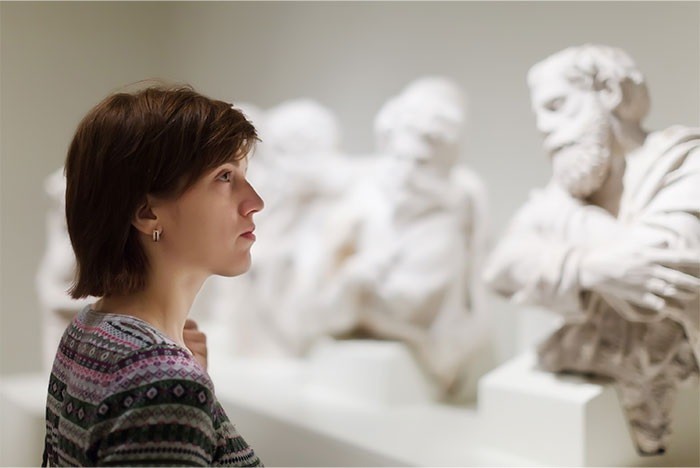
This wasn’t just a gallery visit. It was a reckoning with history. With how we choose to remember, to revere, to immortalize.
“Statues don’t blink,” he said, studying the gaze of a stone general. “Which means they never have to face what they missed.”
He didn’t look at the sculptures like a tourist—he looked at them like a peer. As someone who had been shaped, in part, by the same forces of duty, mythology, and legacy. And maybe, somewhere in that room, he wondered whether his own story would ever be cast in marble. Or if being remembered was even what he wanted.
The lighting was soft. The silence, sharp. It wasn’t art—it was interrogation. A quiet confrontation between a man who’d lived history and statues that had only watched it pass.
Breakfast at the Brink
Wrapped in a white robe, he sat with quiet elegance, knife and fork poised over a morning meal that looked more like a celebration than sustenance. Croissants, flatbread, cheeses, cured meats, steaming cups—each item arranged not just for taste, but for ritual. And just beyond the window? A winter masterpiece. Mountains bathed in snow, their grandeur whispering stories older than conquest.
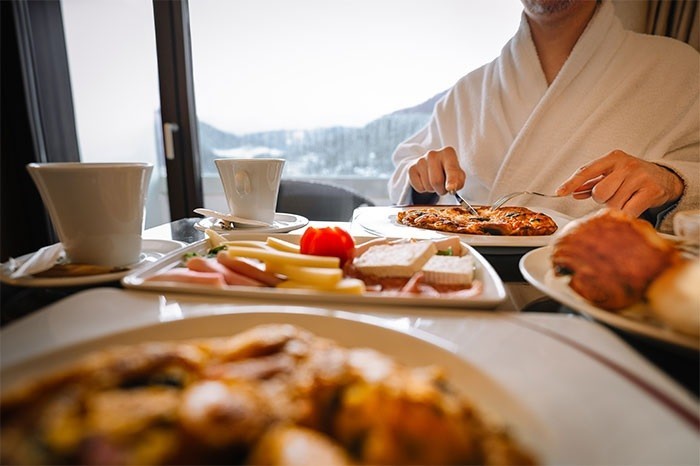
This wasn’t luxury—it was intention. A moment carved out of movement. He wasn’t rushing. He wasn’t multitasking. He was present. Choosing flavors. Honoring silence. Watching the world breathe through frosted glass.
“You fight for peace,” he once said. “But you rarely get to taste it.”
Today, he did.
The robe, the warmth, the breakfast—all framed by nature's quiet fury—spoke of a man learning to soften. Not retreating, but refining. Because healing doesn’t always happen in hospitals or on jogging trails. Sometimes, it arrives on porcelain plates beside espresso cups, miles above sea level.
Thought in Motion
The room had shifted. No longer a place of packing—it was now a space of ideas. Two figures sat at a table scattered with color: markers, blueprints, maps, loose papers. Their bodies leaned forward, mirroring curiosity. One gestured, mid-thought. The other listened, eyebrows furrowed, laptop open like a second mind absorbing everything.

This wasn’t casual brainstorming. It was architectural, narrative, intentional. Maybe they were plotting a design. A community initiative. A framework for impact. But whatever it was, the energy between them crackled like chalk on pavement—raw, focused, alive.
“Real collaboration doesn’t start with answers,” he said. “It starts with permission to be uncertain together.”
The colorful pens weren’t decoration—they were tools of vision. The rolled-up papers whispered possibility. And the conversation wasn’t a debate—it was construction. Brick by brick. Word by word.
This chapter didn’t feature silence or solitude—it was built on exchange. A reminder that we shape the world not only with action, but with shared attention.
Laces of the Everyday
He sat on the edge of the beige couch, quietly threading his laces. Not with urgency, but with care—the kind you show when the act itself is sacred. Gray sneakers, worn just enough to suggest stories walked. A window framed the outside world where trees waved patiently, but inside was stillness. Intent. Grounding.
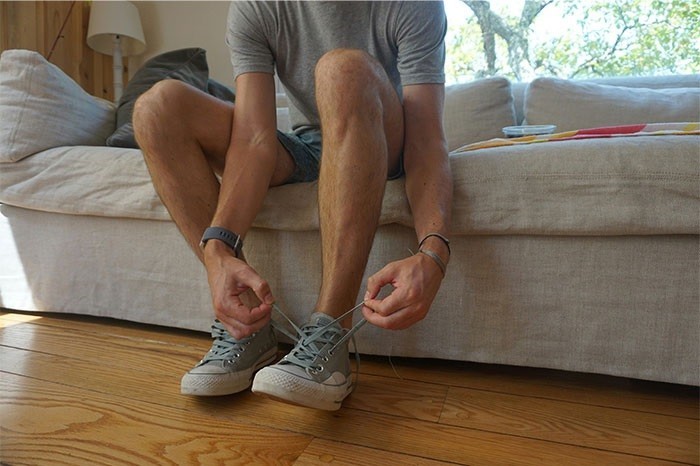
The wooden floor, the soft lamp glow, the folded cushion—these were his companions in preparation. Not for battle. Not for ceremony. Just for stepping forward.
“Some days, tying your shoes is the bravest thing you’ll do,” he once said. “Because it means you’re not giving up.”
No cameras. No crowd. Just him, a quiet room, and the decision to show up. Whether for a jog, a conversation, or a new beginning—the laces became a metaphor. A tether to action. A sign that motion still mattered, even if no one else saw it.
Flags and Foundations
He paused outside the residence—not to enter, but to observe. Twin American flags fluttered gently near the doors, not loud with pride but steady with presence. Power lines stitched the sky above like veins of connection, anchoring the building to a wider, unseen network. The trim was white, the roof modest, the scene suburban—but something deeper was at play.
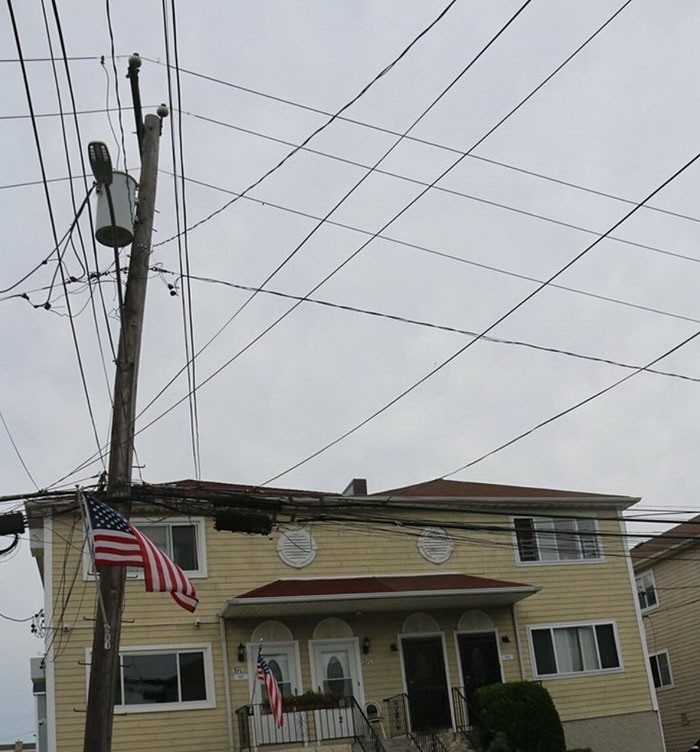
“The real symbols aren’t on fabric,” he said. “They’re in what people choose to build beneath them.”
This wasn’t a landmark. Not a historic home. It was ordinary—and that made it sacred. A place where someone lived, questioned, loved, maybe even healed. Where legacy was less about myth and more about the groceries in the hallway, the voices in the kitchen, the silence behind closed doors.
He didn’t knock. He didn’t smile. He just stood for a moment longer, letting the flags wave as they pleased, while his own thoughts stirred quietly beneath the surface.










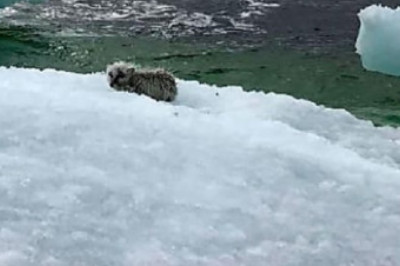
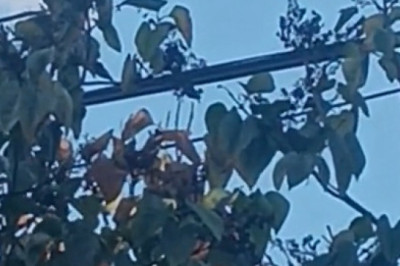
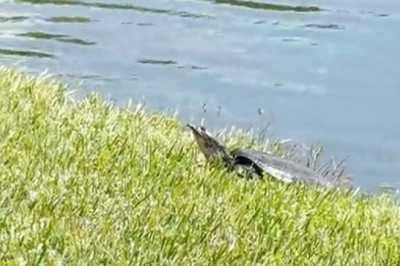
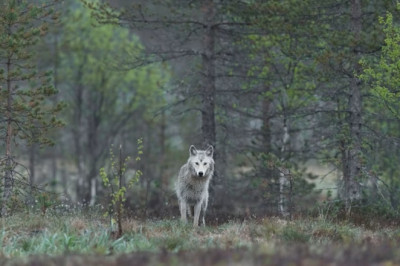
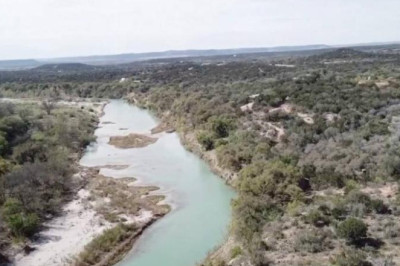
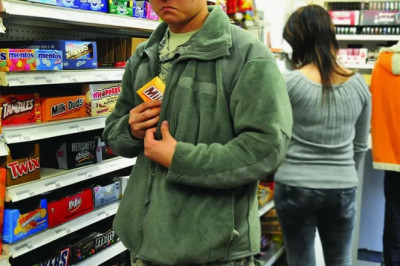
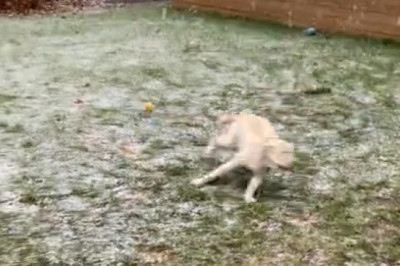
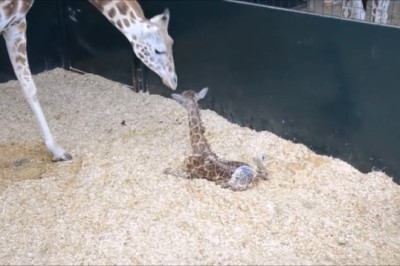

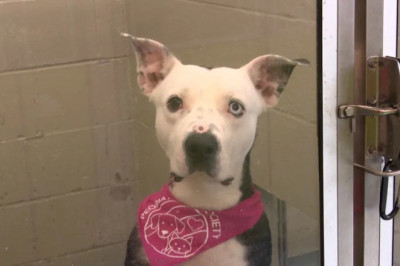
Comments
0 comment